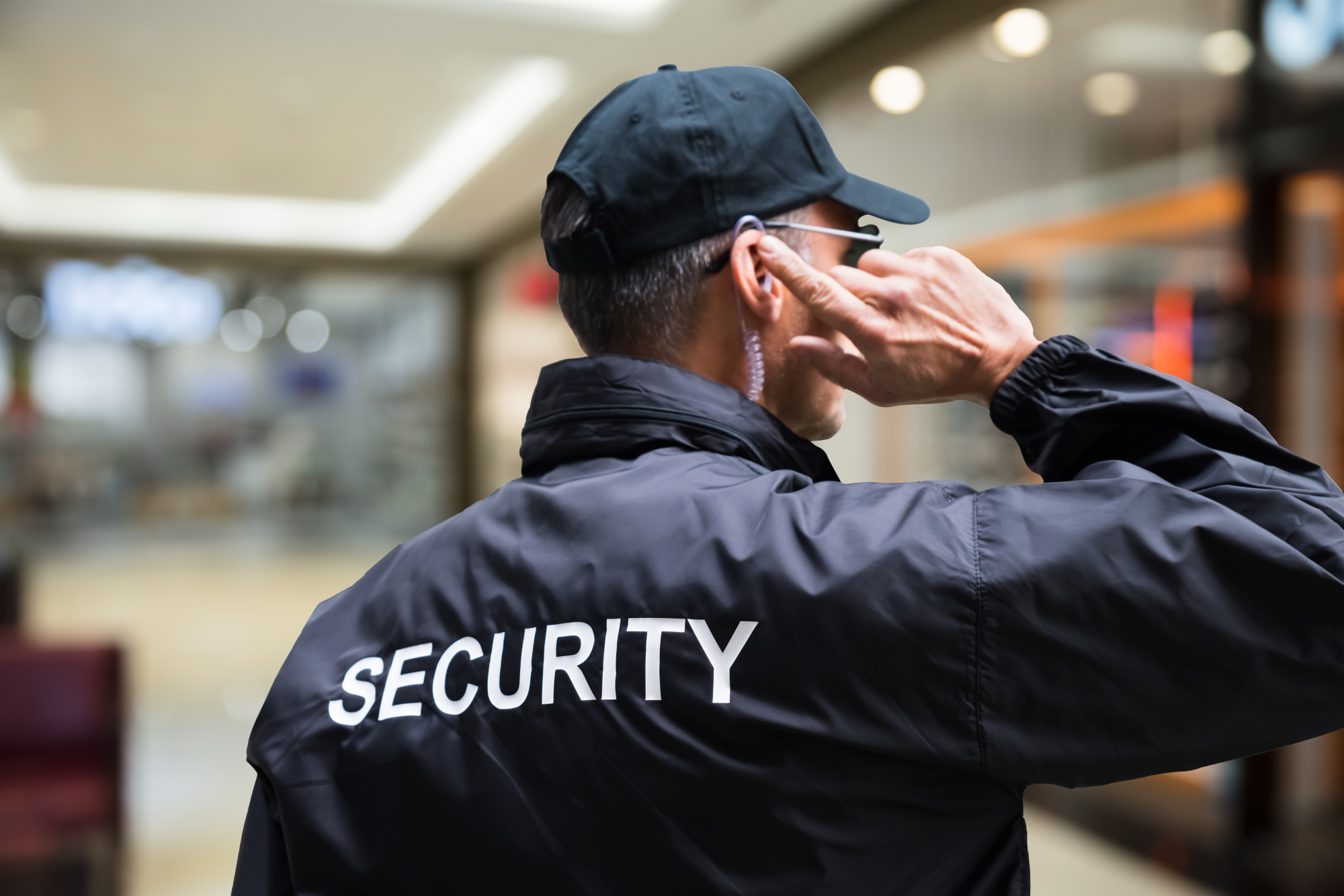Top 5 Measures to Protect Lone Workers
20 April 2021
Craig Swallow



20 April 2021
Craig Swallow
All employees have potential risks within the workplace. Those individuals who work alone have increased risks as there are usually no other workers around to help or support them. Or, the location they are operating from may have an inherent risk. Measures should be implemented to manage and reduce such risks. Lone Workers can include those who are based at home, visiting different sites, work alone at a permanent location and those working outside normal hours.
1. Risk Assessment
Firstly, organisations should conduct a risk assessment. This will enable employers to understand any potential hazards or risks that a Lone Worker may encounter. This could include reviewing where Lone Workers are based, their working environments and processes. By understanding potential risks and hazards, measures can be implemented to manage and control them.
A risk assessment should be reviewed whenever there is a new process implemented, or a new employee starts. For full information on conducting a risk assessment, visit the HSE website.
2. Implement a Lone Worker Policy
Guidelines and policies should be put in place for those working alone. The policy should clearly display the correct procedures when working alone and explain what to do in certain situations. This should be revised and updated regularly to incorporate any new procedures. The document should be easily accessible for Lone Workers to view.
3. Implement a Lone Worker Solution
A Lone Worker solution is a tool to support employees within their role, providing peace of mind to Lone Workers as they can alert security teams if there is an incident. With Vismo, employees can easily raise a Red Alert discreetly through the Vismo Locate & Protect App or a device such as the ID Badge or Vismo Alert. Audio is automatically recorded and sent back to the Vismo Secure Portal to provide a security team, or an Alarm Receiving Centre (ARC) with an understanding of the situation.
If employees are entering a high-risk situation, they can check-in with a timer. If they have not checked back in within the time specified, an alert is automatically raised. Implementing a Lone Worker solution is an essential tool to support and protect workers in their role.
4. Training
Lone Workers should be provided with adequate training to understand the potential risks within their roles and how to manage and reduce such risks. If a Lone Worker solution is implemented, training should be provided to ensure employees understand and feel comfortable with how to raise an alert, check-in or send a message for example. By providing training, Lone Workers should be well equipped to operate in their working environment.
5. Promote Employee Wellbeing
Working alone can negatively impact an employee’s stress levels and mental health. Employees can feel isolated and disconnected if there is a lack of communication with the rest of the team and management. Organisations should implement measures to effectively communicate and check-in with Lone Workers to see how they are feeling.
Want to know how Vismo can help with protecting your Lone Workers?
Email us: enquiries@vismo.com or call us: +44 1904 616666 (UK and RoW) or +1 866 815 9128 (US)